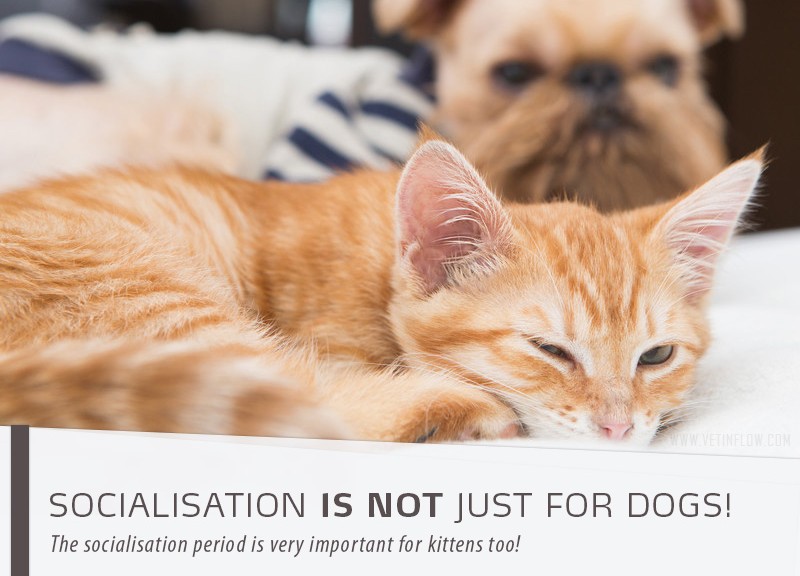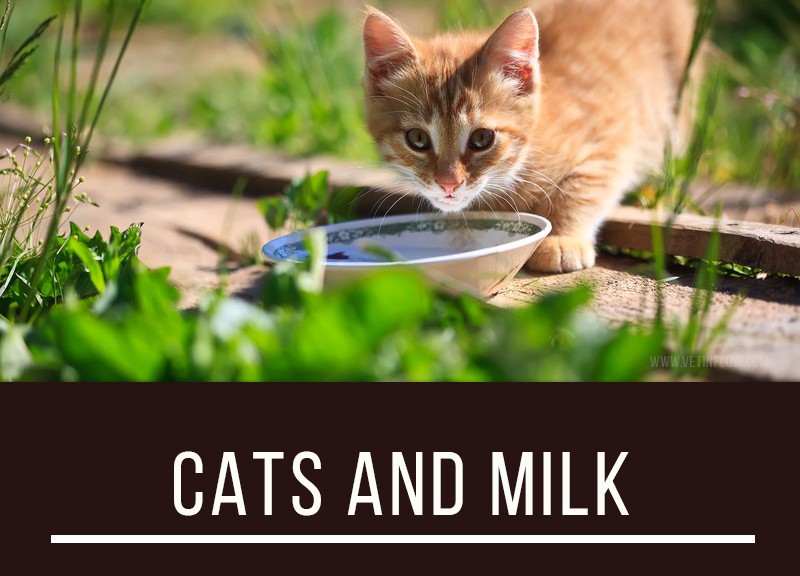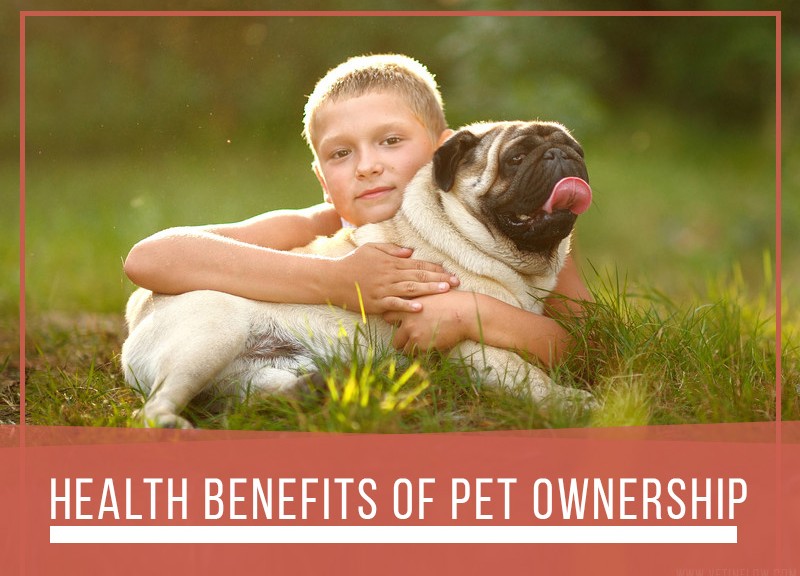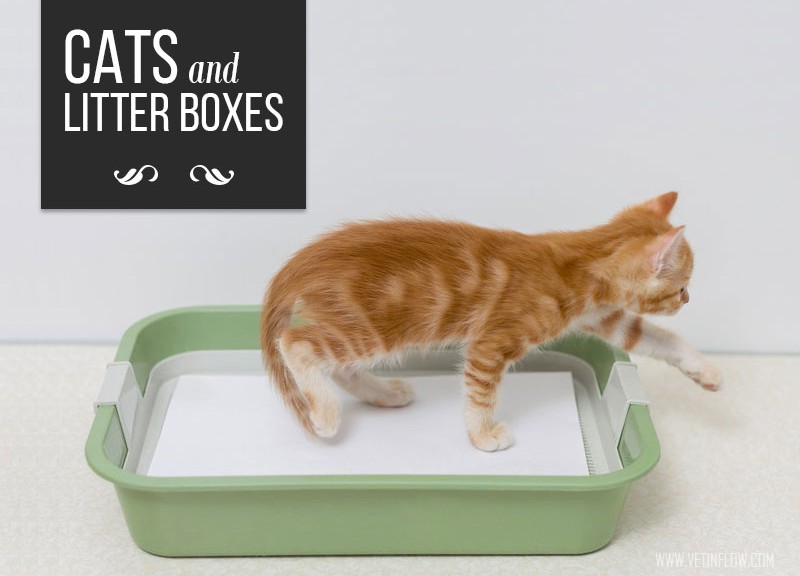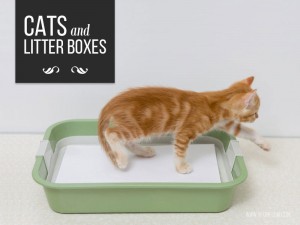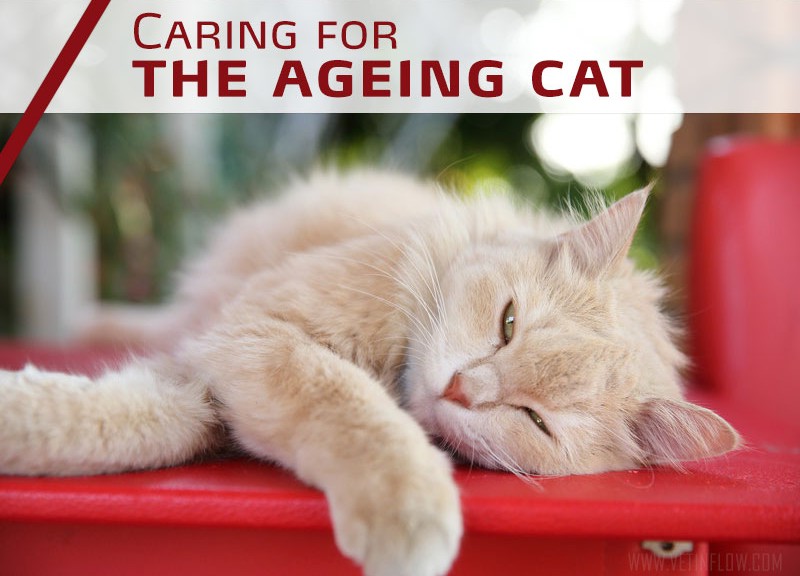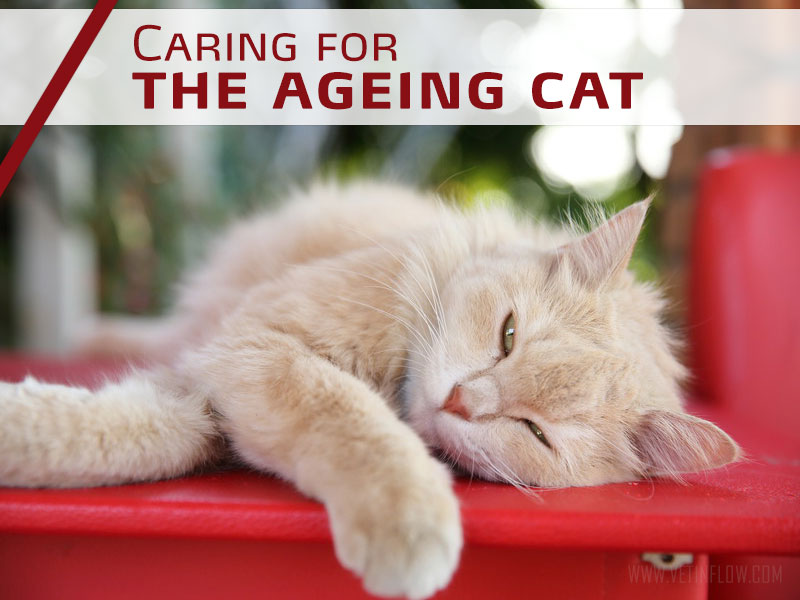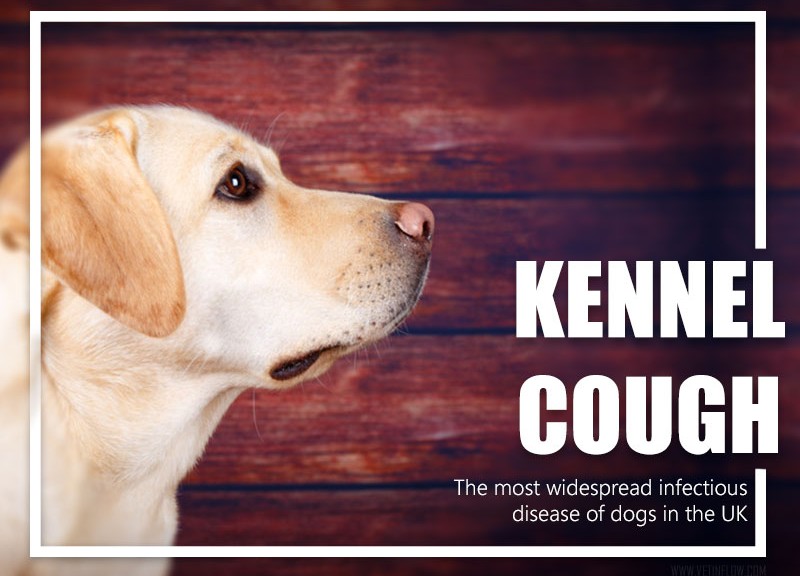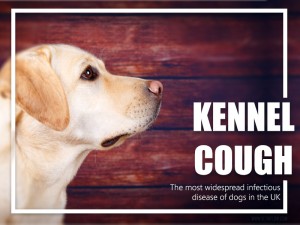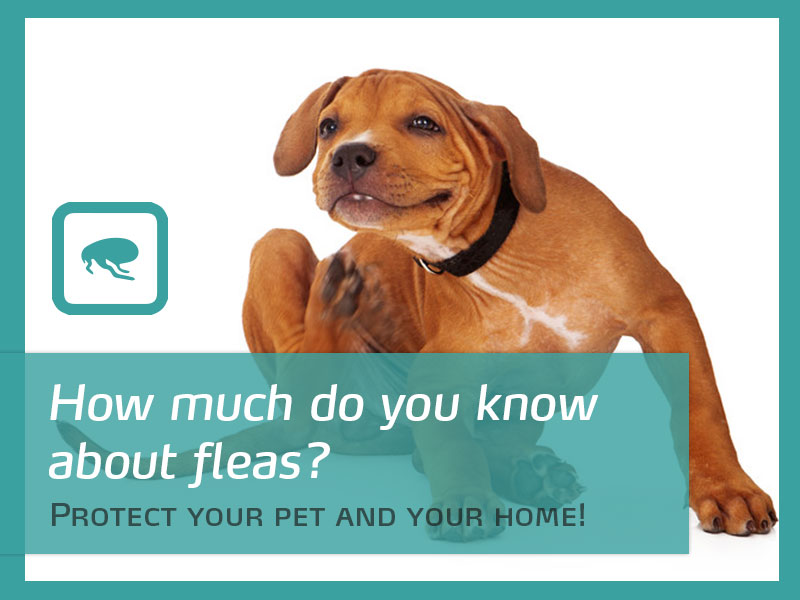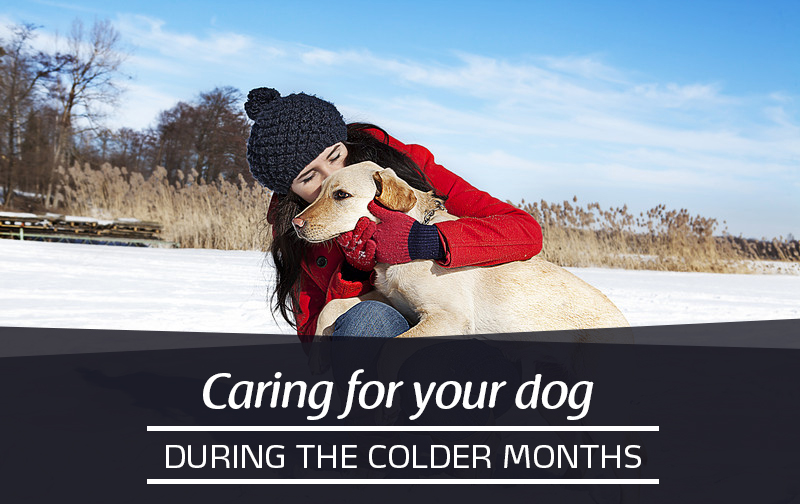In general, we hear a lot about puppy socialisation and how this process is extremely important for the character of the adult dog. However, this critical and sensitive period is important for all species and this includes our feline companions!
Just like as it is with dogs your kitten’s first experiences are crucial and will shape its behaviour and personality as an adult cat. Cats that are not properly socialised are far more likely to be nervous, anxious and scared which will then lead to behaviour problems. Adequate and early socialisation on the other hand, will lead to friendly, relaxed and well-adjusted adult cats!
Ideally the socialisation process starts when the kittens are still with the breeder or with the owner of the litter. A kitten’s socialisation period is between 2 and 14 weeks of age. During this period kittens are much more open to new experiences and will handle them better.
During this time it is recommended for kittens to spend time with their mother and with their litter mates, to contact with different people (adults and children) and with other animals. Kittens should be exposed new things such as smells, sounds, places and new environments. Ideally during this time they can get used to all the things that will probably be a part of their lives someday such as litter and litter boxes, cat flaps, cat carriers, being groomed, household appliances, car trips or going to the vet.
They should also be handled frequently and gently in order to become friendly and approachable. Handling should include being lifted and gently restrained by familiar an unfamiliar people. This must be done in frequent but short sessions as you don’t want to force the kitten but rather gradually allow him or her to handle and feel comfortable in new situations. These experiences should then be continuously reinforced throughout the kitten’s life.
Providing a wide variety of positive experiences during this time of a kitten’s life will provide him or her with necessary life-skills to cope with their future challenges, will contribute to a stronger bond between them and their owner and will have a tremendous impact on its lifelong welfare.
Would you like to know more about cats? Check our Feline Courses:
